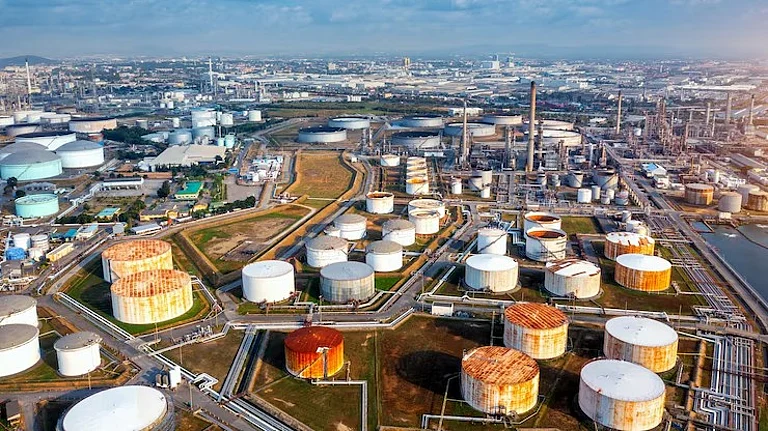If there is one sector in this country that can be defined as an enabler of progress, connectivity and industrial expansion, then it has to be the infrastructure sector, which easily stands tall as the backbone of the nation’s economic growth. Infrastructure is the silent force propelling India toward its aspirations of becoming a $5 trillion economy—be it the towering highways to resilient bridges, or sustainable urban spaces to rural electrification.
While the sector might have traditionally been a male-dominated domain, the tides are finally shifting. Women are stepping into leadership roles, defying conventions and driving transformation.
Change is the strongest pillar in the foundation of evolution and women in infrastructure have proved just that. They have shown that it is not just about participation; it is about pioneering change. Across industries, particularly in sectors like cement, construction, and engineering, fields that were once termed ‘unconventional’ for women, female leaders have redefined what is possible.
Evolving Role of Women in Infrastructure
Conventionally, infrastructure is one such sector which has been seen as hard-hat industry that requires physical endurance and technical acumen. However, leadership in this sector as well as any sector, for that matter, extends far beyond the site of work. Leadership demands vision, resilience and strategic foresight—qualities that women have demonstrated over time immemorial.
Over the past forty years, women in the infrastructure sector have shattered stereotypes by leading large-scale projects, driving innovation and implementing sustainability-driven policies. Some have spearheaded business expansions into new markets, ensuring that their companies do not just grow, but evolve with the needs of a changing economy. Others have embraced digital transformation, integrating advanced technology and data-driven solutions into infrastructure development.
More importantly, women leaders have always championed the cause of equality and inclusivity—not just for themselves, but for future generations of women professionals as well. Their presence has encouraged offices to rethink workplace policies, create mentorship networks and cultivate a more diverse workforce.
Challenges Faced by Women in the Infrastructure Industry
Despite progress, the road to leadership in infrastructure is not without obstacles. The challenges are multi-dimensional and pan across various verticals—be it cultural, systemic or operational. Deep-rooted perceptions about ‘suitable’ career choices continue to hinder female participation, as women in infrastructure are often required to prove their technical and strategic acumen more than their male counterparts. Workplace inclusion is another hurdle that they face.
While many offices have moved toward gender diversity with newer policies, women still remain underrepresented in leadership roles. The infrastructure sector demands long hours, frequent travel and on-site presence, making work-life balance a matter of concern. Women professionals often come across fewer role models and they also face limited mentorship opportunities within the industry. Without structured career pathways, many aspiring leaders struggle to break into senior management positions. Women entrepreneurs in infrastructure, whether in construction, sustainable materials, or urban planning, often face challenges in accessing funding and government contracts. Policies need to evolve to support women-led enterprises in this space.
When women lead in infrastructure, they don’t just build projects; they build ecosystems of opportunity, empowerment and long-term impact.
Building a More Inclusive Future
The road ahead for women in infrastructure is filled with promise but requires collective action. Companies must actively cultivate and nurture a culture that encourages women’s leadership, not as an exception but as the norm. Governments and policymakers must facilitate frameworks that support female entrepreneurs in infrastructure, while educational institutions should encourage early interest among young women in STEM and engineering careers.
The future of infrastructure is not just about building roads and bridges; it is about building inclusive pathways for talent, leadership as well as innovation. As women continue to break barriers in this space, they are not just changing the industry; they are redefining the very fabric of progress. The journey may have started with a few, but it will be completed by many, and that will be the most powerful transformation of all.
(The author is the chairperson and managing director of JK Lakshmi Cement Ltd.)
(Opinions presented belong solely to the author.)

























